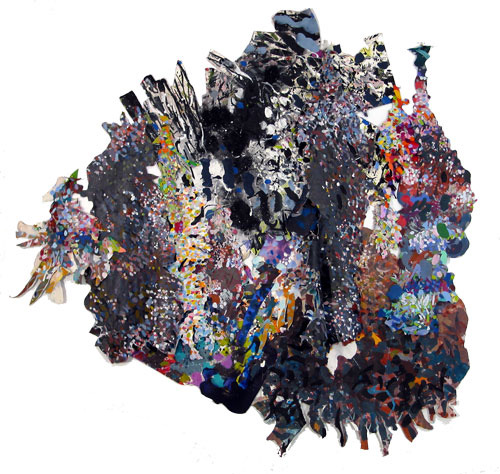

First of all to the Diana Tamari Sabbagh Foundation for supporting this study. The DTSF is a Palestinian research fund set up by the Palestinian benefactor Hassib Sabbagh in memory of his wife. It has always had a special interest in studies about Palestinian women. It was this interest that enabled me to travel extensively between 1998 and 2000 to Gaza, Jerusalem, the West Bank and 'Israel' / '1948 Palestine', recording with between 20 and 30 women, and a few men, in each area. My debt to Birzeit University's Institute of Women's Studies is also a heavy one. Early discussions with these scholars, founders of a gender teaching programme that stands as a model in the Arab region, helped me to focus my research aims and sampling strategy. As a researcher from Lebanon whose knowledge of Palestine was mostly second-hand, and whose Arabic was flawed, I depended greatly on these friends for advice and contacts in the search for speakers. I should add that my project has been far more individualist and quirky than the IWS's rigorous research tradition, as anyone who looks at their publications will see.
It would be impossible to mention everyone who helped with advice and hospitality, but I'd like particularly to thank Ros Young, Alex Pollock and Andalib 'Adwan in Gaza; Rema Hammami in Jerusalem; Ingrid and Muhammad Jaradat in Bethlehem and for the West Bank camps; Lisa Taraki, Penny Johnson, Islah Jad, Rita Giacaman, and all the Birzeit people in Ramallah; Andre Mazzawi in Jaffa; Ameer Makhoul and the Shehadeh family in Haifa; Zuhaira Sabbagh in Nazareth and Jamil 'Arafat in Galilee; Nuri Okbeh, Hassan and Ros Sanaa and Muhammad Yunis in the Nagab.
Special thanks also to Leena Saraste, the Finnish photographer, who came along on one of the trips and generously offered her photos to this archive; to Sallie Schatz for her photos of West Bank Bedouin; and to all the other photographers who have lent their work, such
Børre Ludvigsen, creator of the Al-Mashriq website, played a critical role in creating this voice archive. He rescued me when I was beginning to realize that I would never finish translating all the recordings, and that it would hard, if not impossible, to find a print publisher. His vision of how we could combine real voices with photographs and text brought this multimedia 'book' into existence and universal accessibility. His student at Østfold University College, Susanne Olsen, has been constantly creative, encouraging and patient in carrying out the site design.
Many colleagues and friends have helped by reading chapter drafts: Nur Masalha, Ahmad Sa'di, Jamil Hilal, Ingrid Jaradat, Terry Rempel, Charmeine Seitz, Laurie King-Irani, Isabelle Humphries.
Here I must apologize to the speakers for the time it has taken me to prepare this digital book. It was the opposite of my original intention that their voices should be overwhelmed by text. But this is what happened. Here I want to thank Rema Hammami and Penny Johnson for their encouragement and advice. Without them I should have sunk trying to incorporate the latest contributions to Palestine studies. Special thanks to Penny for her enthusiasm and skill in editing.
Finally I wish to thank the speakers without whose readiness to jump into the breach of memory and speech this recording project would have been impossible. May their voices be heard, and deepen international understanding of their struggles. Thanks to email and to the spread of computers even to Palestinian camps and villages, I'm hopeful that one day they will visit the website, and hear their own voices. Insh'allah they won't be disappointed.
- Rosemary Sayigh, June 1, 2007